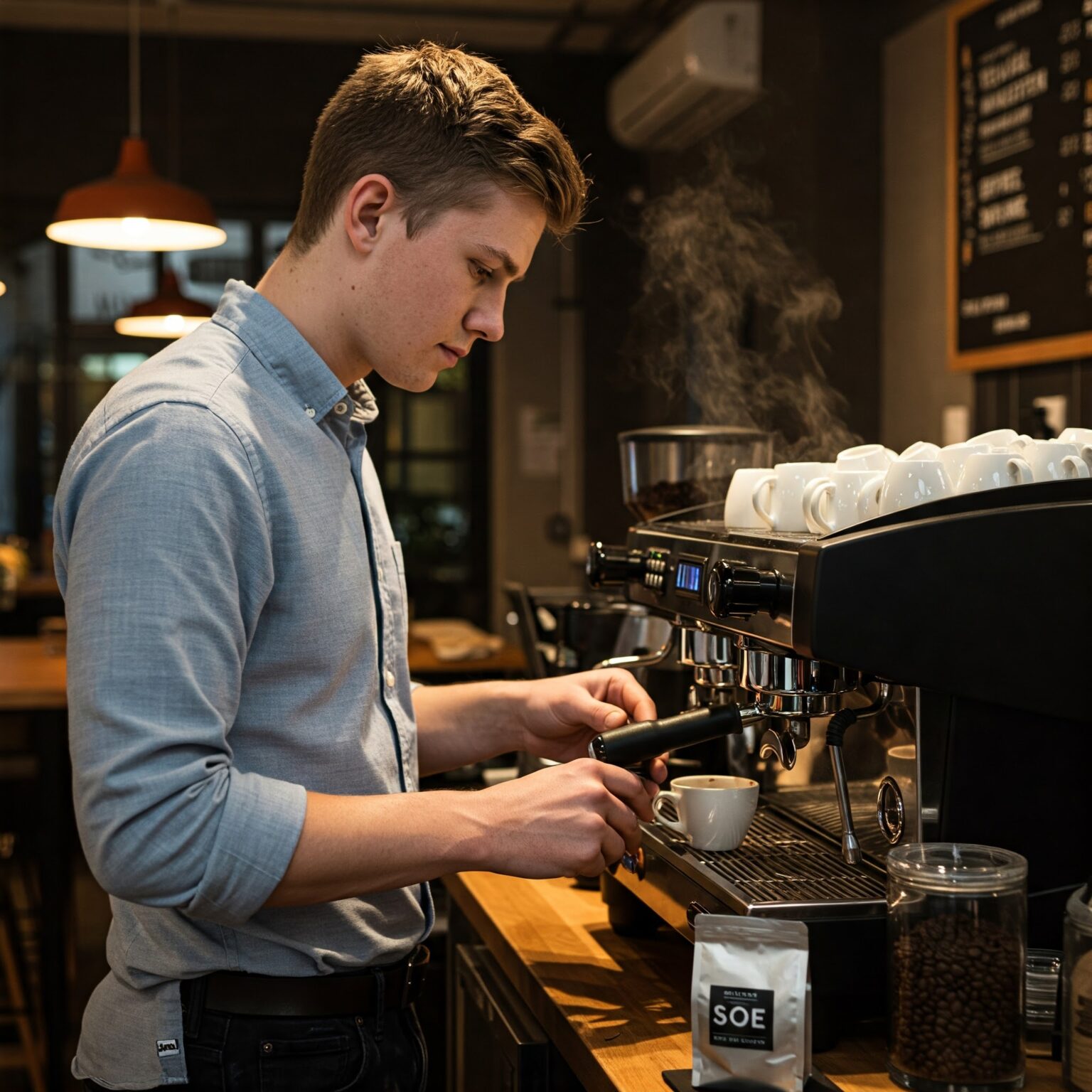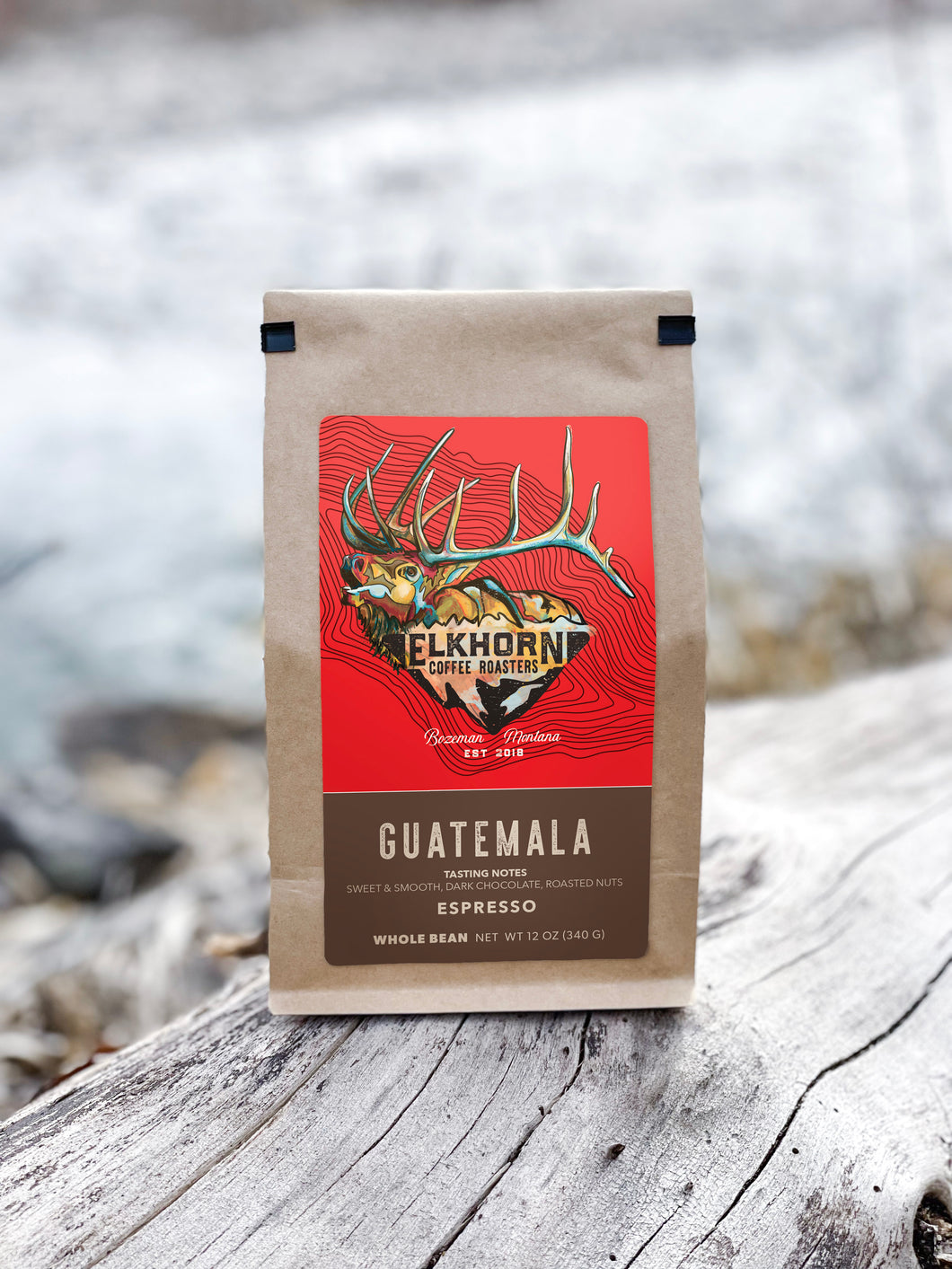Comprehending Coffee Beans: the Journey From Espresso to Blended Coffee Beans

The Beginnings of Coffee: A Worldwide Point Of View
While you could consider coffee as a modern-day staple, its beginnings map back centuries, linking with societies across the world. The story begins in Ethiopia, where tale says a goat herdsman called Kaldi found the invigorating impacts of coffee beans after discovering his goats romping energetically after consuming them. This triggered passion, causing coffee's infect Arab traders that cherished the made beverage. By the 15th century, it got to Persia, Egypt, and Turkey, where coffeehouses ended up being social centers for conversation and culture.
As trade paths increased, coffee made its means to Europe in the 17th century, quickly acquiring popularity. Each culture added its unique twist to coffee preparation, enhancing its history.
Growing and Harvesting of Coffee Beans
As coffee's journey developed, the focus moved to the growing and harvesting of certain bean selections, particularly those used for espresso. You'll find that espresso beans typically come from Arabica or Robusta plants, each offering distinctive tastes. The perfect growing conditions consist of high altitudes and rich, well-drained dirt, which boost the beans' top quality.
Throughout the harvest, choosing techniques differ. Timing is important; you want to collect when the cherries reach peak perfection for optimum flavor.
As soon as collected, the beans are gotten ready for processing, which is necessary in establishing their last taste. Recognizing the cultivation and collecting processes gives you understanding right into what goes right into your preferred espresso, enriching your admiration for every cup.
Processing Techniques: From Cherry to Bean
Since you've discovered concerning collecting espresso beans, allow's explore how those cherries transform into the coffee beans you like. You'll see how different harvesting techniques effect flavor, followed by the important steps of fermentation and drying. Finally, we'll damage down the milling and grading procedure that identifies your coffee's quality.
Harvesting Strategies Clarified
When it involves coffee, understanding harvesting strategies is necessary, given that they directly affect the flavor and top quality of the beans you delight in. There are 2 primary approaches: discerning selecting and strip picking. Selective selecting involves hand-picking only ripe cherries, guaranteeing you obtain the ideal high quality beans. This approach typically causes a richer taste profile, though it's more labor-intensive. On the various other hand, strip selecting ways harvesting all cherries at when, regardless of ripeness. While it's quicker and less costly, this can lead to a mix of tastes, impacting the end product. Ultimately, the option of collecting strategy can greatly influence your coffee experience, so it's worth knowing how those beans made it to your cup.
Fermentation and Drying
After harvesting, the next steps in processing coffee beans play a considerable function fit their taste. You'll locate that fermentation is vital, as it assists damage down the mucilage surrounding the beans, improving their taste account. Depending on the method, this procedure can last from a couple of hours to several days, with varying results based upon temperature level and moisture.
Sun-drying enables the beans to take in flavors from the atmosphere, while mechanical drying out assurances consistent wetness degrees regardless of climate. Appropriate drying out is vital to prevent mold and mildew and preserve the beans' top quality, ultimately affecting your cup of coffee.
Milling and Grading Refine
As fermentation and drying set the phase for taste growth, the milling and grading process assurances that just the ideal coffee beans make it to your cup. This phase entails eliminating the external layers of the coffee cherry, consisting of the parchment and husk. Top notch beans receive a greater quality, resulting in a richer coffee experience.
Toasting Techniques: Opening Flavor Prospective
When you roast coffee beans, the technique you select can significantly impact the flavor profile. Understanding the relationship between time, temperature, and roasting techniques is essential to revealing the potential of your brew. Let's check out exactly how these aspects come with each other to develop the excellent mug.
Toasting Approaches Explained
While you may believe that all coffee toasting approaches yield the exact same outcomes, the this page fact is that each method discloses unique flavor capacities in the beans. You can choose between methods like drum roasting, air roasting, or even traditional pan roasting. Drum roasting uses a rotating drum to equally disperse warmth, boosting caramelization and generating a balanced flavor. Air roasting, on the various other hand, flows warm air around the beans, promoting a lighter roast with pronounced level of acidity. Pan toasting permits for hands-on control however requires consistent interest to avoid burning. Each technique has its nuances, so trying out various techniques can help you discover the perfect roast that aligns with your taste choices. Take pleasure in the trip of discovering your excellent mug!

Influence On Taste Profile
Different toasting techniques not just influence the procedure but likewise considerably affect the taste profile of the coffee beans. Dark roasts, on the other hand, bring out bold, smoky tastes, in some cases concealing the bean's special attributes. Recognizing these nuances assists you value the creativity behind your cup of coffee, improving your overall experience with every sip.
Time and Temperature Variables
To launch the complete taste capacity of coffee beans, both time and temperature during the toasting procedure play considerable functions. When roasting, you'll find that greater temperature levels can swiftly establish flavors, but if you hurry it, you could wind up with burned notes. Conversely, reduced temperature levels enable for a much more gradual flavor advancement, showcasing the beans' distinct qualities.

Timing is equally as important; expanding the roast too long can cause a loss of acidity and illumination, while as well short a roast may leave the beans underdeveloped. Finding that sweet spot needs practice and trial and error. By adjusting these variables, you can expose the abundant, complex tastes concealed within each bean, producing a truly sites exceptional coffee experience.
The Art of Mixing: Crafting Unique Coffee Accounts

Beginning by selecting a base coffee that supplies a strong structure. Select corresponding beans to boost specific flavor notes. For example, an intense Ethiopian bean can bring fruitiness, while an abundant Brazilian coffee adds body. Trial and error is vital-- don't be scared to readjust proportions until you find your suitable account.
As you mix, bear in mind that each mix narrates. You're not simply making coffee; you're developing an experience. So, take your time, preference regularly, and enjoy the journey of discovering your trademark mix.
Brewing Approaches: Just How Prep Work Impacts Flavor
Blending coffee opens up a domain of taste possibilities, yet exactly how you brew that mix can considerably influence your final mug. On the other hand, a pour-over highlights the coffee's clarity and illumination, ideal for showcasing fragile notes.
Espresso, with its high stress, creates a concentrated shot that highlights sweetness and crema. If you favor a lighter brew, take into consideration a chilly brew approach; it generates a smooth, much less acidic taste.
Inevitably, testing is key. Changing variables like water temperature level, grind dimension, and make time can transform your coffee's account. Welcome the art of brewing to uncover the flavors hidden in your coffee blends. The right approach can elevate your experience to brand-new heights.
The Future of Coffee: Sustainability and Development
As the coffee sector progresses, sustainability and innovation are coming to be necessary for resolving ecological difficulties and conference customer demands. You'll see that more coffee firms are embracing environment-friendly methods, from sourcing beans ethically to carrying out sustainable farming strategies. These shifts not just help the earth yet also boost the high quality of the coffee you appreciate.
You might see advancements like biodegradable product packaging and water-saving brewing approaches that reduce waste. Advanced innovation, such as blockchain, is additionally becoming prominent, making certain transparency in the supply chain, which enables you to map your coffee back to its beginnings.
Furthermore, purchasing neighborhood communities and supporting farmers through reasonable trade campaigns cultivates an extra lasting coffee ecosystem. As you sip your next mug, remember that your choices can add to a brighter future for coffee. By selecting Related Site lasting brand names, you're not simply enjoying a beverage; you're making a positive influence on the globe.
Regularly Asked Concerns
What Is the Difference In Between Arabica and Robusta Beans?
Arabica beans are smoother, sweeter, and have a higher acidity, while robusta beans are more powerful, a lot more bitter, and include more high levels of caffeine. When brewing your coffee., you'll notice these distinctions in flavor and aroma.
Just How Does Altitude Affect Coffee Bean Flavor?
Elevation effects coffee bean flavor considerably. Higher altitudes create beans with brighter acidity and facility tastes, while lower altitudes frequently yield beans that are larger and much less nuanced. You'll observe these differences in your cup!
What Are the Wellness Perks of Drinking Coffee?
Consuming coffee can improve your energy, enhance mental emphasis, and even boost physical performance. It's abundant in anti-oxidants, may lower the danger of particular illness, and can promote a healthier metabolic rate when consumed in small amounts.
Can Coffee Beans Be Recycled for Brewing?
Yes, you can recycle coffee beans for developing, but the taste may be weaker. If you enjoy exploring, attempt reusing them in various means, like chilly mixtures or including in smoothies for an additional kick.
Just how Should I Store Coffee Beans for Quality?
To maintain your coffee beans fresh, store them in a closed container in a trendy, dark location. Stay clear of exposing them to wetness, heat, or light, as these aspects can swiftly deteriorate their taste and fragrance.
Understanding Coffee Beans: the Journey From Espresso to Blended Coffee Beans.
Currently that you have actually discovered concerning collecting coffee beans, allow's discover how those cherries transform into the coffee beans you like.When you roast coffee beans, the technique you pick can dramatically impact the flavor account - Single Origin Espresso.While you might assume that all coffee roasting techniques yield the exact same outcomes, the fact is that each technique reveals special taste possibilities in the beans.Different roasting methods not just affect the process however also substantially influence the flavor account of the coffee beans
 Rick Moranis Then & Now!
Rick Moranis Then & Now! Kirk Cameron Then & Now!
Kirk Cameron Then & Now! Gia Lopez Then & Now!
Gia Lopez Then & Now! Nadia Bjorlin Then & Now!
Nadia Bjorlin Then & Now! Ricky Schroder Then & Now!
Ricky Schroder Then & Now!